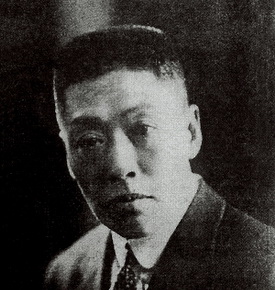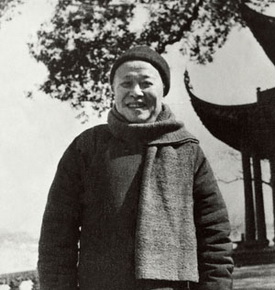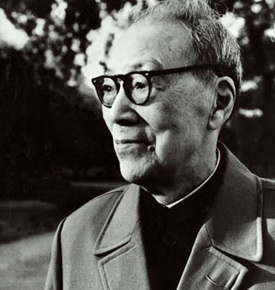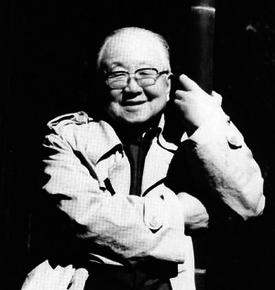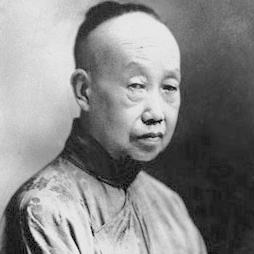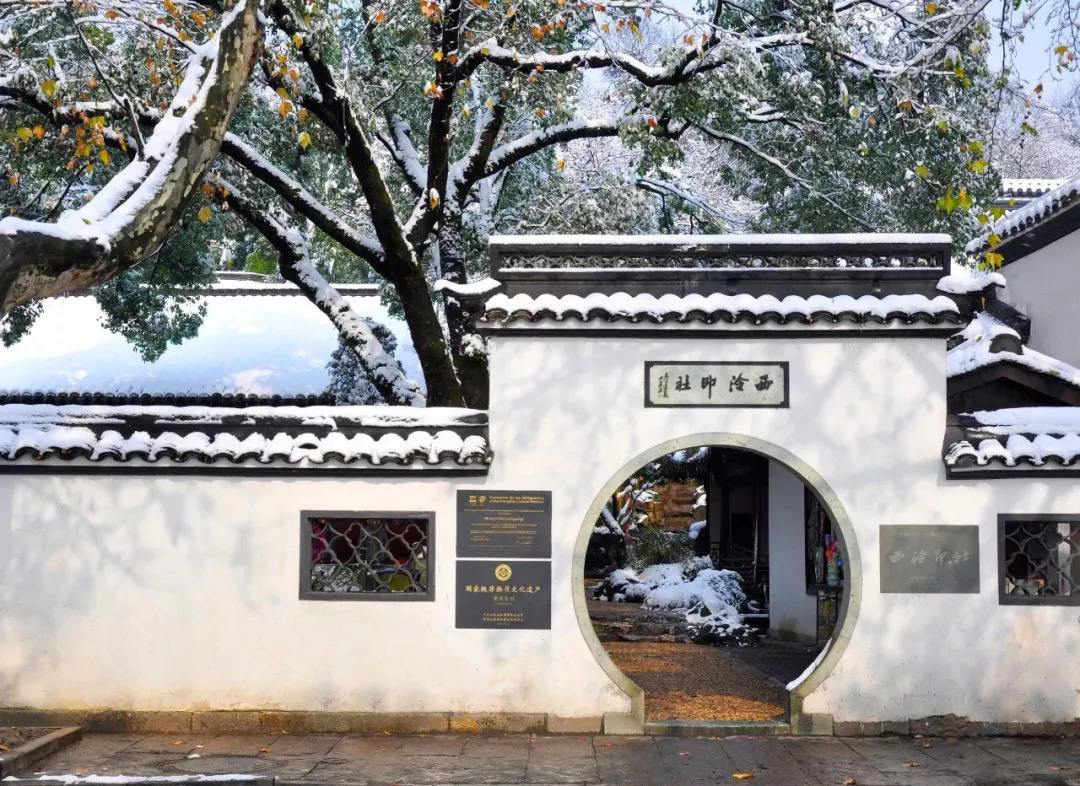
Founded in 1904 during the 30th year of the Guangxu reign in the Qing Dynasty, Xiling Yinshe (Xiling Society of Seal Arts) is the oldest surviving literati society in China and the earliest academic institution dedicated to seal engraving both domestically and internationally.
The society is located at the western foot of Gushan in Hangzhou’s West Lake Scenic Area, Zhejiang Province. Bounded by Bai Causeway to the south, Xiling Bridge to the west, and Inner West Lake to the north, it covers an area of 7,088.86 square meters, with a total building area of 1,749.77 square meters. Designated as a national key cultural heritage site, Xiling Yinshe boasts well-preserved Ming and Qing architectural relics, elegant gardens, and an abundance of cultural and historical landmarks, including numerous cliff inscriptions, earning it the reputation of "the most scenic retreat by the lake and mountains."
Xiling Yinshe was established by Zhejiang-based seal engravers Ding Ren, Wang Yi, Wu Yin, and Ye Ming, among others. In 1913, renowned artist Wu Changshuo became the first president, attracting eminent engravers from across the world, including Japanese masters such as Kawai Sesson and Nagao Uzan. Today, the society has approximately 380 members from nearly 30 provinces, municipalities, and autonomous regions in China, as well as from Hong Kong, Macau, Taiwan, Japan, South Korea, Singapore, Malaysia, France, the Czech Republic, Canada, and other countries.
Since its founding, Xiling Yinshe has maintained a modern organizational structure while preserving its classical artistic focus. The society embraces artistic diversity and continues to uphold its traditional operation model, which includes biannual gatherings in spring and autumn, major anniversary celebrations every five and ten years, and periodic member reunions. Centered at its Gushan headquarters, the society annually hosts ceremonies to honor past seal masters, organizes exhibitions of members’ works and collections, and facilitates academic exchanges. Activities such as poetry recitations, calligraphy gatherings, art appreciation, and tea discussions contribute to the preservation of a literati culture, even as traditional values decline in the modern era.
Beyond seal engraving and calligraphy, Xiling Yinshe has made significant contributions to cultural heritage collection and research, publishing, and international cultural exchange. With the support of its members and patrons worldwide, the society has amassed an extensive collection of historical artifacts for research and preservation. The China Seal Art Museum, situated beside Xiling Bridge on Gushan, is the only museum in China dedicated to the study of seal engraving. Additionally, the Xiling Yinshe Seal Art Library houses a comprehensive collection of books on epigraphy, ancient artifacts, and calligraphy for scholarly reference. The society has also compiled, verified, and published numerous collections of seal impressions, stone inscriptions, and seal studies research, distributing them worldwide.
Committed to the promotion and transmission of seal engraving, Xiling Yinshe has organized international seal engraving and calligraphy exhibitions since the 1980s. More recently, it has hosted major international art festivals and competitions, including "A Century of Xiling: Chinese Seals," "A Century of Xiling: West Lake Elegance," and "A Century of Xiling: The Legacy of Seal Engraving." These events have significantly influenced the global seal engraving community.
In 2004, Xiling Yinshe was officially registered with China’s Ministry of Civil Affairs. In 2006, "Seal Engraving (Xiling Yinshe)" was recognized as part of the first batch of China’s National Intangible Cultural Heritage. In 2009, under Xiling Yinshe’s leadership, "Chinese Seal Engraving" was inscribed on UNESCO’s Representative List of the Intangible Cultural Heritage of Humanity, further solidifying the society’s status as the preeminent institution for seal art research and preservation. Today, Xiling Yinshe continues to uphold its mission of "Preserving Seal Art, Advancing Seal Studies, and Promoting Calligraphy and Painting." Integrating poetry, calligraphy, painting, and seal engraving, it stands as the world’s most prestigious and influential organization in the study of seal art, earning the esteemed title of "The First Society of Seal Engraving."


